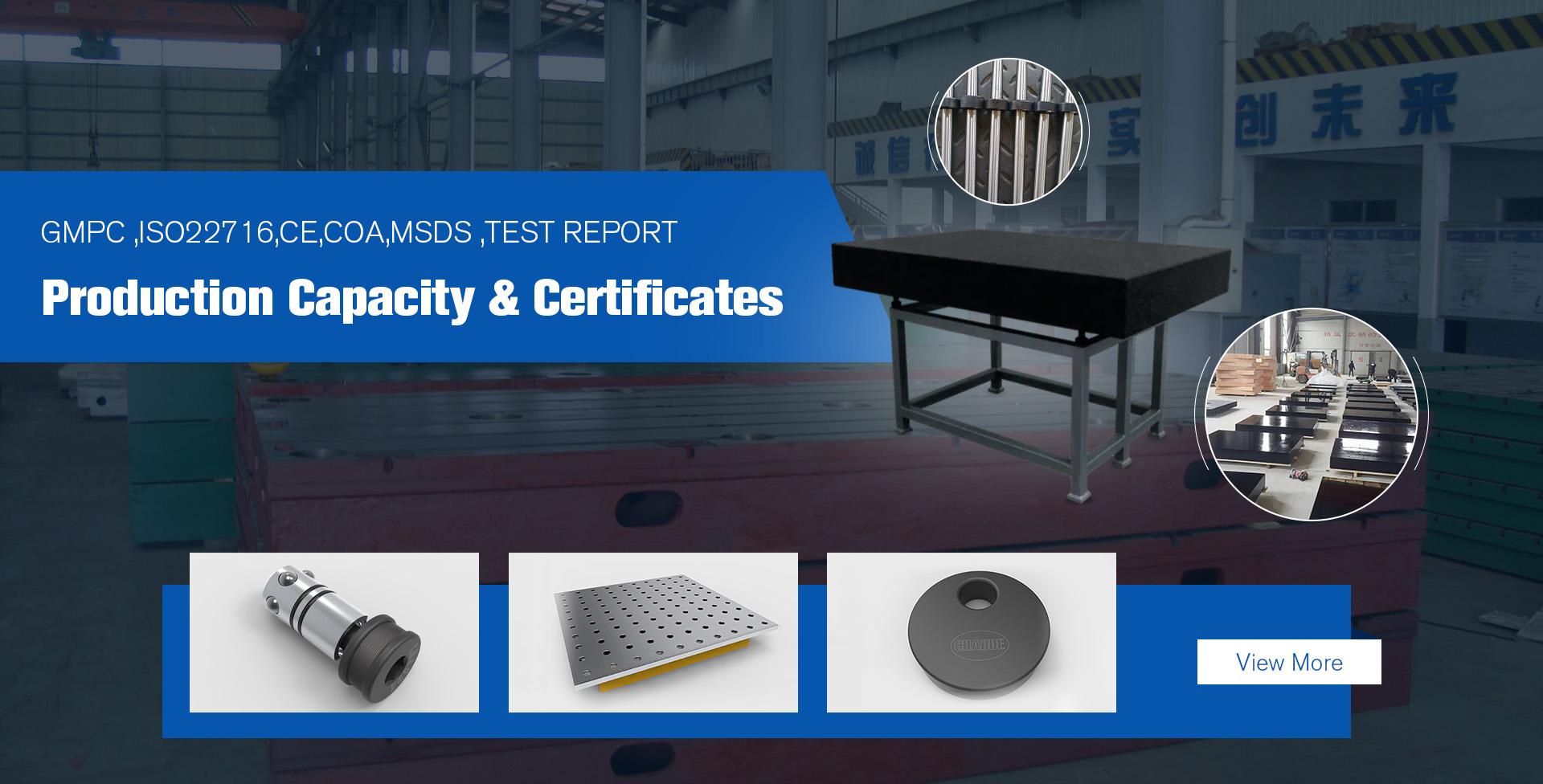नोभ . 12, 2024 22:53 Back to list
using bore gauge
An Essential Guide to Using Bore Gauges
Bore gauges are indispensable tools in machining and manufacturing that ensure precision in measuring the internal diameter of holes or cylinders. These instruments are essential for quality control, as they help maintain the necessary tolerances required for various applications. In this guide, we will explore what bore gauges are, how to use them effectively, and the importance of regular calibration.
What is a Bore Gauge?
A bore gauge is a measuring tool designed to determine the internal diameter of a hole or a cylindrical object. It typically consists of a handle, a set of measuring pins or probes, and a dial indicator that displays the measurement readings. Bore gauges can be either manual or digital. The critical feature of a bore gauge is its ability to measure with high accuracy while allowing for minor adjustments based on the specific requirements of the component being measured.
Types of Bore Gauges
There are several types of bore gauges, each tailored for different applications
1. Depth Bore Gauges Used to measure the depth of cylindrical components. 2. Taper Bore Gauges Designed for measuring conical or tapered holes. 3. Universal Bore Gauges These can measure a wide range of internal diameters due to their adjustable nature.
Selecting the right type of bore gauge depends on the specific measurements required and the nature of the work being performed.
How to Use a Bore Gauge
Using a bore gauge involves several steps to ensure accurate measurements. Here’s a straightforward guide
1. Preparation Before starting, make sure the bore gauge is clean and free from debris. Dirt or oil can affect the accuracy of your measurements.
2. Setting Up the Bore Gauge - Adjust the bore gauge to the approximate size of the hole you are measuring. Most gauges have a way to expand or contract the measuring pins. - Insert the gauge into the hole until the pins make contact with the internal surface.
3. Taking Measurements - Once the gauge is in place, gently pull the gauges out while keeping the measuring pins in contact with the sides of the bore. - Read the measurement displayed on the dial indicator. If using a digital bore gauge, simply note the reading.
using bore gauge

4. Multiple Measurements To ensure accuracy, it is advisable to take several measurements at different points within the bore. Due to manufacturing tolerances, the bore may not be perfectly round or straight, so collecting data from various angles is crucial.
5. Recording Results Documenting the measured values is essential for future reference, especially when conducting quality control checks or ensuring compliance with specifications.
Calibration and Maintenance
Regular calibration and maintenance of bore gauges are vital for maintaining measurement accuracy. Over time, mechanical wear or environmental factors can affect the precision of the instrument. Here are some tips for upkeep
- Regular Calibration Bore gauges should be calibrated against standards on a scheduled basis. This ensures that any deviations in measurement are corrected promptly.
- Cleaning After each use, clean the gauge to prevent residue buildup. Use soft cloths and appropriate cleaning agents.
- Storage When not in use, store bore gauges in a protective case to prevent physical damage and exposure to moisture.
Importance of Bore Gauges
The use of bore gauges cannot be overstated in precision engineering and manufacturing. They help ensure that components fit together correctly, which is critical in assemblies that require a high level of reliability and performance. Poor measurement practices can lead to costly rework, increased downtime, and compromised product quality.
In industries such as aerospace, automotive, and medical device manufacturing, where safety and functionality are paramount, bore gauges play a critical role in the production process. By investing in quality measuring instruments and maintaining them properly, manufacturers can achieve higher standards of quality and efficiency.
Conclusion
In summary, bore gauges are vital tools in the realm of manufacturing, offering precise measurements that contribute to the overall quality of products. Understanding how to properly use and maintain these tools is essential for anyone involved in machining or manufacturing processes. By following best practices and ensuring regular calibration, industries can rely on bore gauges to meet the challenges of precision engineering.
-
Welding Table Cast Iron Surface Finish GuideNewsJul.01,2025
-
Valve Types for Industrial ApplicationsNewsJul.01,2025
-
Types of Strainer for Industrial ApplicationsNewsJul.01,2025
-
Types of Bore Gauge for Precision MachiningNewsJul.01,2025
-
Safety Standards in Welding Fabrication Table Manufacturing ProcessesNewsJun.30,2025
-
Impact of Temperature Fluctuations on Ring Gauge AccuracyNewsJun.30,2025
Related PRODUCTS









